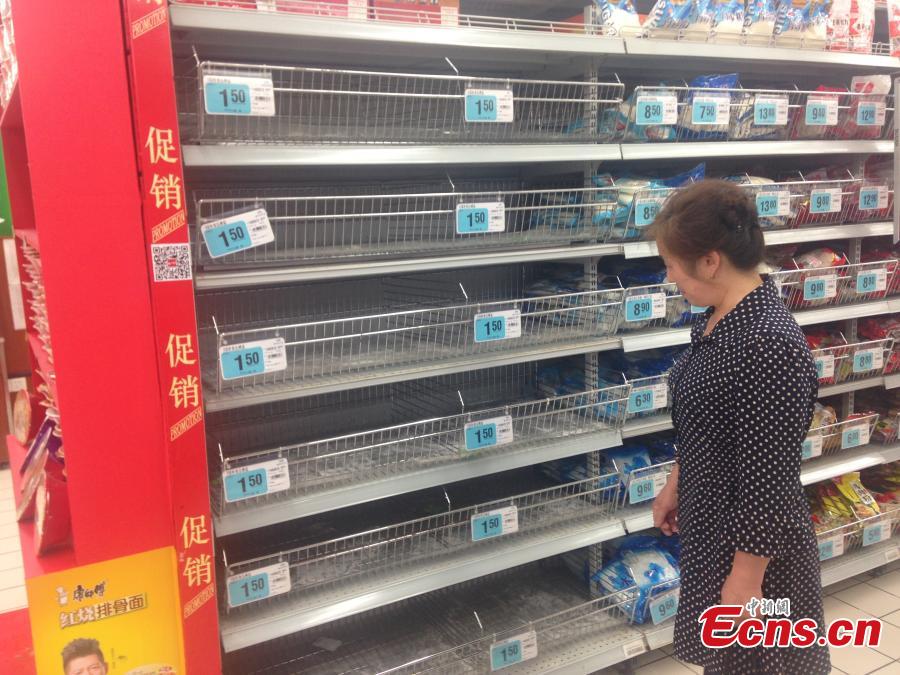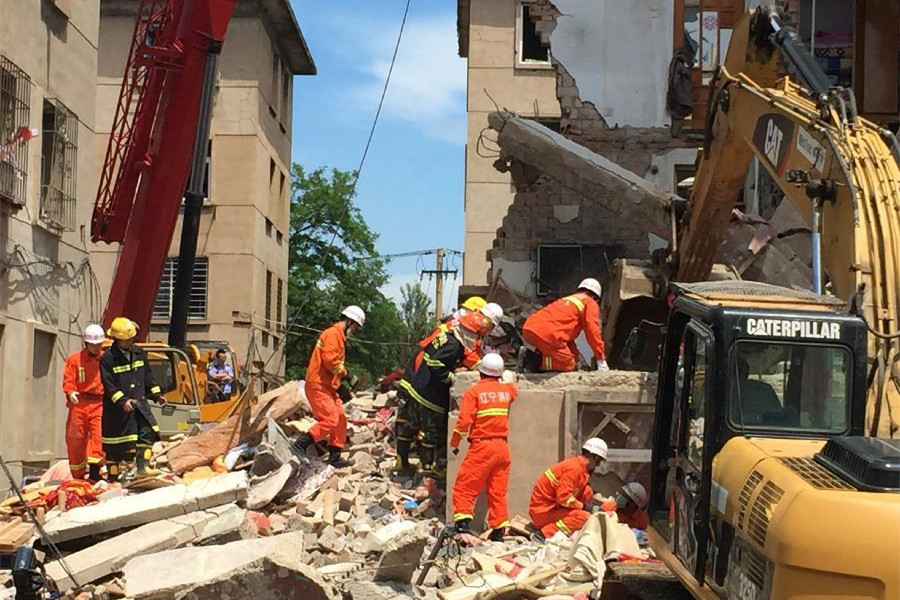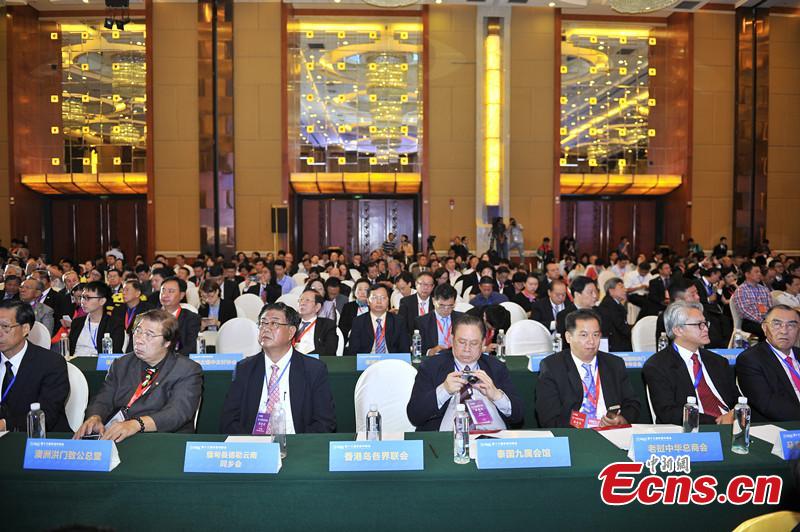(Ecns.cn) – With public anxiety growing over the condition of Beijing's air after a thick, week-long fog shrouded the vicinity and highlighted a huge discrepancy between official data on the city's air quality and measurements taken by the U.S. Embassy, local authorities have responded quickly with a pledge to tighten measurement standards, reported the Beijing News (in Chinese) on November 4, 2011.
The Beijing Meteorological Bureau issued heavy fog alerts several times during the last month, but the Beijing Municipal Environmental Protection Bureau (BMEPB) ranked the pollution at the time as "slight," while the U.S. Embassy ranked the city's air quality as "hazardous" according to the results obtained by its own device that monitors airborne PM2.5 particles, one of the most dangerous components of air pollution.
In fact Beijing has long been using the PM10 scale to measure its air pollution levels, which makes particles measuring less than 10 micrometers in diameter the main focus of the monitoring effort. Under this system, "hazardous" results can be ranked as relatively mild, similar to any other unusually foggy day.
However, after the U.S. Embassy explained the PM2.5 category poses more health risks to human health than PM10, the public started questioning why the government does not use this scale and were confused about which result should be trusted.
Old-fashioned measuring standards
Concerning the issue of PM2.5 pollutants, authorities in Beijing have acknowledged that the government uses a different metric from that of the U.S. Embassy, and one which is in wide use across the nation and has been for more than a decade.
China's metric currently registers particulate matter between 2.5 and 10 micrometers in diameter, noted Du Shaozhong, deputy director of BMEPB. On his Sina Webo microblog, Du shared with web users that the technical ability to adopt the PM2.5 standard is in place and the authorities were considering overhauling their measuring system, which places different values on the measurements.
By definition fog is the accumulation of vapor in the air and largely transparent. Du said the hazes that have been blanketing Beijing should actually be referred to as "smog," which is the combination of pollutants and fog. He noted the city's pollution is mostly caused by suspended PM2.5.
But Du also pointed out that though the U.S. Embassy releases hourly updates of its PM2.5 monitoring results, the accuracy is in question because the data is only collected in a single spot.
When the BMEPB evaluates Beijing's air conditions, it gathers descriptive statistics from 27 monitoring locations scattering throughout the city and this amounts to a more scientifically representative sample.
Furthermore, the category of "slight" in the ranking sets of the current system is derived from a dated method of evaluating pollution levels containing four categories for air pollution levels: slight, mild, moderate and severe.
Du said this is not a big problem, since the wording can be easily changed according to the public opinion on what is meaningful, but people should be well aware that even the ranking of "slight" indicates some degree of pollution, and that still has an impact on human health.
Beijing has not changed its measuring standards before now because it has had to follow the national standards and align itself with standards used in China's other cities. Changing systems makes it difficult to compare the capital's results with measurements taken in the rest of the nation.


















